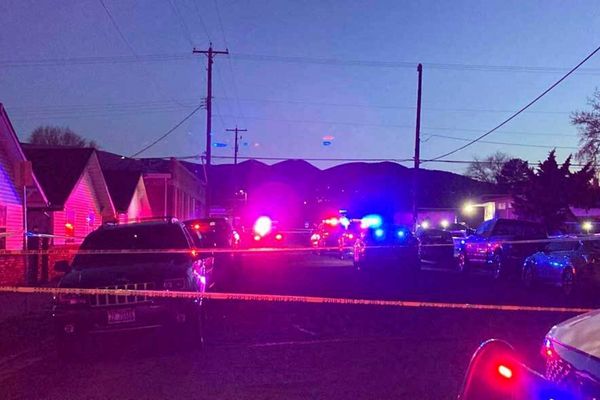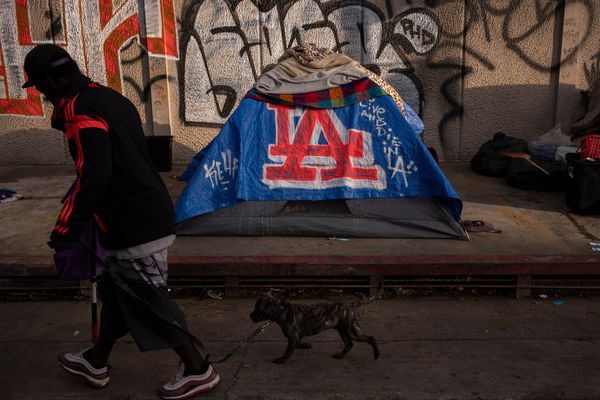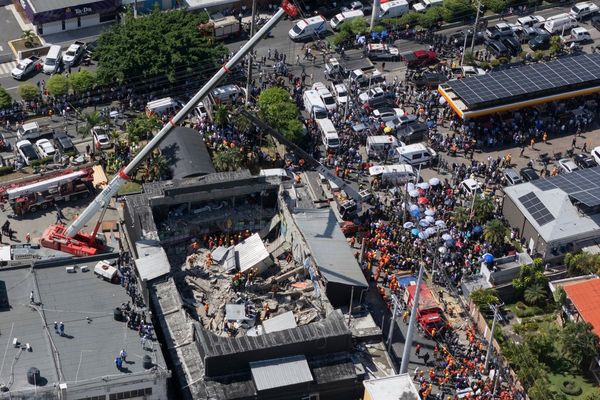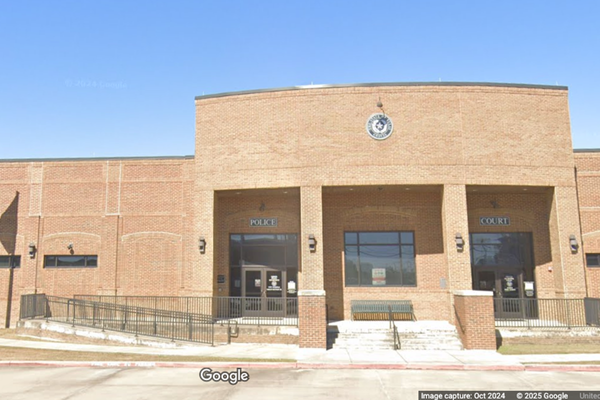
- More automakers are getting access to the Tesla Supercharging network
- Tesla owners aren't exactly thrilled, especially when the owners need to take up two charging spots to plug-in
- OEMs are working on fixing the problem
As you probably know, Tesla Superchargers have started opening up to non-Tesla EVs like the Ford F-150 Lightning and Chevy Blazer EV. This means that owners of Ford, Rivian, and now General Motors vehicles are finally able to plug in (if they can get a NACS adapter, that is) at most charging stalls across the U.S.
Sounds great, right? Well, yeah. It is. Tesla's Supercharging network is the most mature in the entire nation. Tesla owners are accustomed to a seamless charging experience—just back in, plug in, and juice up. But non-Tesla EVs? It might not be that simple. See, the charge ports on some other EVs are all over the place—front, back, right, left—you name it. That's causing a major headache as support for new manufacturers comes online and new Supercharger users try to figure out how to deal with Tesla's short Supercharger cables.
Tesla's official solution is to just to double-park, which, under normal circumstances, isn't that big of a deal. But when Superchargers are in busy locations or as people travel on holidays, the idea of one (or more) chargers being unavailable can be a big problem.

[I]n some cases you might have to park over the line in order to charge comfortably. Avoid parking diagonally to reach the cable and try to obstruct as few charge posts as possible. Charge port locations vary by EV model, which requires cable sharing between adjacent stalls at many sites.
Despite Tesla having an official solution, owners of non-Tesla EVs are often unsure of how to actually park when they pull up to a charger. One Blazer EV owner on Reddit complained about the charging cable being too short. Another Cadillac Lyriq owner posted a photo of an extremely overstretched cable, albeit last year at a Magic Dock location.
A separate Lyriq owner was spotted taking up three separate spots (as Tesla showed how not to do in the illustration above). It's not clear if this was due to the cable not reaching or because the owner wasn't sure how to properly park the vehicle at the charger. Regardless, there's clearly both an education issue and an infrastructure issue at play here.
It's not fair to lump all non-Tesla Supercharger users into the same group. Many owners are actually very respectful of how they park at the chargers. For example, a few videos of Blazer EV drivers show the owners using the right-most stall to minimize their impact on other vehicles. Others have used pull-through stalls (like the ones demonstrated here) to avoid double-parking, but not all locations have these types of placement.
So, what's the fix here? For now, nothing.
Tesla engineers have straight up warned against using NACS extension cables at Superchargers, so an immediate technical solution is out. Education? Well, Tesla shows folks how to park right in the app needed for charging, so that's not working either. It seems that this is bigger headache than what can be solved by EV owners alone.
Thankfully, OEMs are addressing the problem. For example, Rivian has voluntarily relocated the charging port on the upcoming Rivian R2 so that it is placed in the same location as Tesla's vehicles. Tesla, as the owner of the Supercharging network, seems to be prioritizing the rollout of V4 Supercharger stalls with longer cables. It's not an immediate fix by any means, nor cheap, but it's progress.
That means be prepared to buddy up with some non-Teslas at the Supercharger for a little bit—because there are more automakers getting added to the Supercharger network next year. And maybe don't berate anybody just because they're taking up two stalls.







